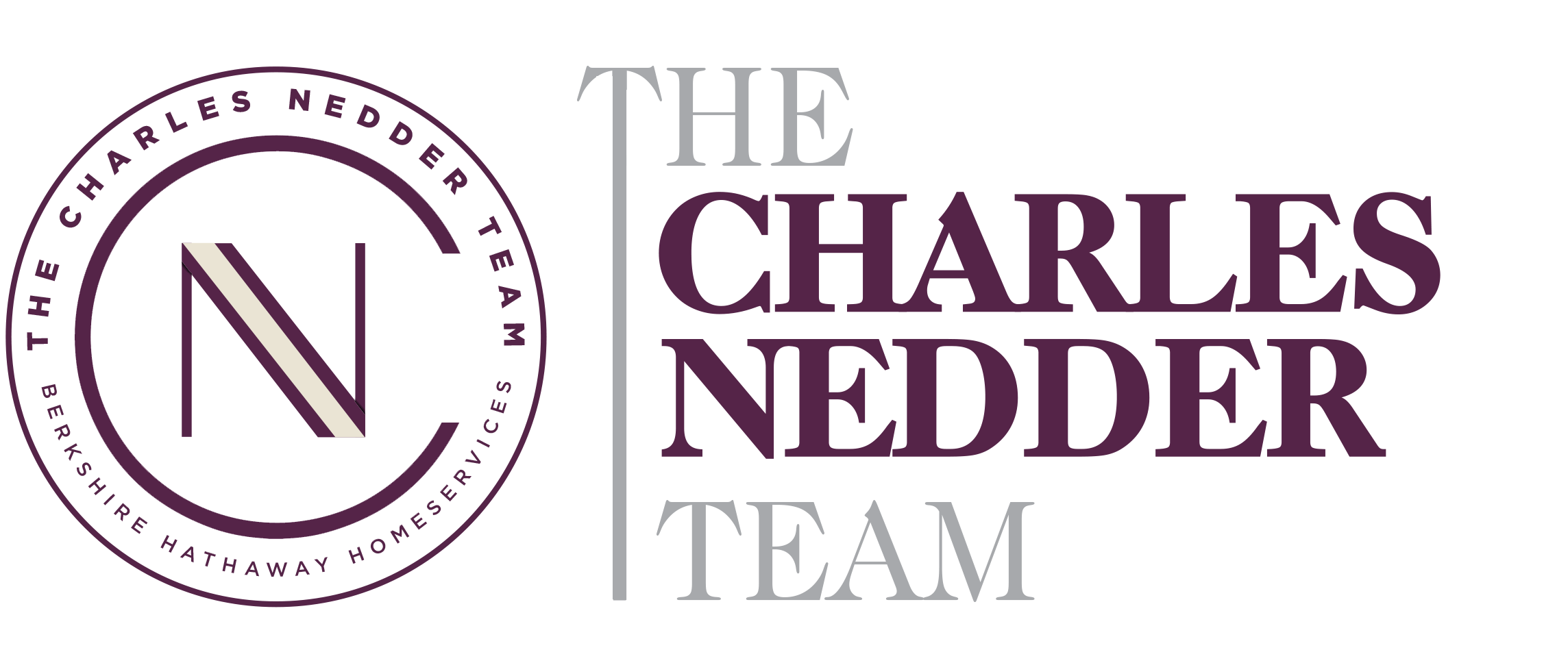Identify Potential Homebuyer Pitfalls in the Connecticut and New York Markets
.jpg?w=128&h=128)
Charles Nedder
Consistently ranked as a top producer, Charles Nedder is well-resourced, enthusiastic, and devoted to serving the needs of his clients...
Consistently ranked as a top producer, Charles Nedder is well-resourced, enthusiastic, and devoted to serving the needs of his clients...
Exploring homes on the market is an adventure filled with envisioning future life scenes, from the layout of your living room to summer gatherings in the garden. However, during these moments of excitement, it's crucial to remain observant for warning signs that could lead to significant expenses or concealed problems down the line. Here's your guide to detecting these red flags, particularly tailored for the Connecticut and New York real estate markets.
Water Damage and Mold
Water-related issues are notoriously pricey to address. Always be on the lookout for signs of leaks by inspecting ceilings, walls, and areas around windows for water stains or discoloration. Basements and crawl spaces in Connecticut homes, with their historic charm, are particularly susceptible to moisture problems, so these areas deserve extra scrutiny. Mold – a consequence of unresolved moisture – can pose health risks and be a nightmare to remove. Search for musty smells or visible mold clusters, often found in bathrooms and basements, remembering that even small indications can point to bigger concerns. This caution is especially pertinent for New York's older apartment buildings where ventilation may not be optimal.
Foundation and Structural Issues
The stability of a home begins with its foundation. Be wary of cracks in the foundation, walls, or ceilings. Cracks wider than a quarter-inch or doors and windows that misbehave, refusing to close or sticking, could signal a compromised foundation. Uneven floors or rooms that seem to slope may also hint at structural problems. These issues are not uncommon in the historic homes of Connecticut or the densely built neighborhoods of New York, making a professional inspection a wise decision if anything seems amiss.
Electrical System Problems
In a region with a mix of new constructions and centuries-old buildings, electrical systems range widely in age and condition. A visual assessment of the electrical panel for signs of outdated systems or patchwork fixes is a good starting point. Test switches and outlets throughout the house; flickering lights and malfunctioning outlets may indicate deeper electrical issues. Remember, addressing electrical problems is not just a matter of cost but of safety.
Poor Ventilation and HVAC Issues
Homes with poor ventilation can lead to a host of issues, from mold buildup to inflated energy bills. Take note of condensation on windows or any areas that feel unusually humid – signs of inadequate airflow. The condition of the HVAC system is of equal importance. Inquire about the age and maintenance history of the furnace and air conditioner. Given the extreme weather conditions in both Connecticut and New York, ensuring the HVAC system is up to par is non-negotiable.
Roof and Gutter Damage
The expense of roof repairs or replacement can be staggering. Query the age of the roof and visually inspect for damage like missing shingles or sagging. Gutters also play a crucial role in a home's health by steering water away from the foundation. Ensure they're clear of debris and in good repair. In areas like Connecticut, with its heavy snowfalls, and New York, with its unpredictable weather, roof and gutter integrity is critical.
Signs of Pests
Pests can wreak havoc unseen, resulting in extensive damage. Be on the lookout for wood shavings that hint at termites or droppings that suggest rodents. Unusual smells can also indicate the presence of unwelcome guests. Given the tight spaces in New York or the wooden structures common in Connecticut, a professional pest inspection can save you a lot of trouble and expense later on.
DIY Repairs and Renovations
While a DIY spirit can add character to a home, it can also mask underlying issues. Be cautious of uneven floors, haphazard tile work, or unfinished paint jobs. These may reveal a history of shortcuts or unpermitted work. If you spot signs of amateur repairs, dig deeper for information on what was done, by whom, and whether it was properly permitted.
Inconsistent Maintenance
A home that shows signs of continuous care likely indicates conscientious owners. Conversely, overgrown gardens, peeling paint, or clogged HVAC filters suggest potential neglect. This lack of maintenance might imply more significant issues with critical home systems. In the varied climates and housing styles of Connecticut and New York, regular upkeep is not just cosmetic; it's essential.
Spotting these red flags when checking out a potential new home can spare you from future headaches and unforeseen expenses. Paying attention to the home's roof, foundation, electrical system, and other critical areas will help you avoid falling into the trap of a money pit. And remember, when in doubt about any aspect, securing a professional inspection is a sound investment toward making an informed decision.
Thinking about selling your home?
Get in touch. We'll guide you through every step of the process to ensure a smooth transaction that meets your goals.
.png)

.png)
